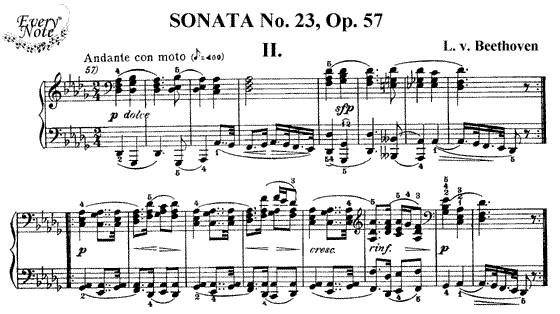I knew something was amiss when I received an invitation to the Jaffe’s house. Peter Jaffe is the conductor and musical director of the Stockton Symphony. His wife Jane, a musicologist with a Ph. D. from the University of Chicago, annotates music programs. Over the years we’ve become friends and they have educated me – Jane in particular – on the finer details of concert music as they helped me prepare my music lectures for the Symphony.
The last time I was invited to their house was in 2000, on the occasion of the 70th anniversary of the Symphony. They had asked me to prepare an essay for a special commemorative program, comparing sonata form movements in the various works of that season’s repertoire. It was like a term paper in an advanced music class, something I had never done before. The draft I presented to them was so bad that they needed to reorient me in person. I remember sitting at their small dining room table, Peter towering over me with his six-foot-plus frame, my manuscript in his hand, shaking his head in dismay.
We then spent several hours going over the nuances of sonata structure in numerous Classical and Romantic works. My improved essay did make it to the program and remains one of the proudest accomplishments of my life, since I was the only non-musician who contributed to the series of essay published in that historical volume.
Fifteen years later, Jane was now extending me another invitation by e mail upon reading another draft, this time of my Appassionata story. Her words were delicate and polite, but I could read between the lines. “Exactly what were you listening to?” she asked referring to the music described in my the story.
And so, a few evenings ago I made my way back to the Jaffe house a second time. Peter was away, rehearsing Carmina Burana that was to be performed at the end of the week. We sat in front of Jane’s small desk in their family room, scores and computer recordings open and ready, Jane holding a copy of my manuscript into which she had placed countless margin notes.
My story is about an American woman who is beguiled by two quirky Italian men in a charming Puglia town, one a virtuosic amateur pianist. It features descriptions of solo piano music by Beethoven, Chopin, Schumann and Rachmaninoff. There was plenty wrong with all my descriptions. Over the next few hours Jane proceeded to point these out one by one, sometimes referencing the scores, other times playing recordings on her computer.
Rachmaninoff’s G minor prelude begins with a famous march, Alla marcia. I had called it a waltz. “Look,” said Jane, pointing it in the score, “it’s not even triple meter.”
I had described the main theme of the first movement of Beethoven’s Appassionata Sonata as being syncopated. “It is not,” said Jane, again pointing out the score. She was sweet about it, all smiles. The same went for the Chiarina movement of Schumann’s Carnaval. Not only had I messed up on the syncopation that didn’t exist but I had called its main motive a three note melody when it actually was four notes.
I was humbled. There was more.
I identified numerous climaxes, staccato notes, fermatas that did not exist. I had described “cascading scales” in numerous accompaniments. None of them were scales.
Worse yet, I had created a main character, Gita, who was supposedly musically savvy and yet, as Jane repeatedly pointed out, she seemed to take too long to identify each piece when she heard them. Pointing out the first three notes of the Appassionata Sonata and the beginning of the Alla Marcia, she said that these are tunes well known to classical pianists. Gita should have identified them instantly. As for the Chopin E minor Nocturne, “The story says she played this as a teenager. How can she not recognize it?”
Appassionata is the most complex, most ambitious story I have attempted. Getting the plot, settings and characters together, and creating an intertwining narrative took so much of my time and attention that, frankly, I did not pay much attention to my music descriptions. It’s a good thing that I thought of sending it to an astute professional like Jane. I am very grateful that she not only took the time to read this 11,000 word story in detail, but also made time to sit with me and correct my faults.
Why would she do that, busy as she is?
I caught a hint later in our session, when I told her that I needed to use key phrases identify certain sections of music so that when those sections returned the readers could keep track. “Welcome to my world!” said Jane enthusiastically. It then occurred to me that describing music in words understandable to the general public is her professional calling. This, in essence was what I had attempted with Appassionata and it caught her fancy.
Better yet, she loved the story. She stated this several times in e mails leading up to our meeting. She was taken by the characters, the charming town of Alberobello in which it is set, and how the music is integrated into the plot. She loved the way Rachmaninoff’s Prelude in G minor induced Gita into initiating the climactic sex scene of the story, set to the third movement of Beethoven’s Appassionata Sonata. She genuinely wanted the story to succeed.
I could not have asked for a more dedicated reader.
I returned home late that night, my mind full of revisions that needed to be made, and soon set out to correct the music. I am still doing so.








